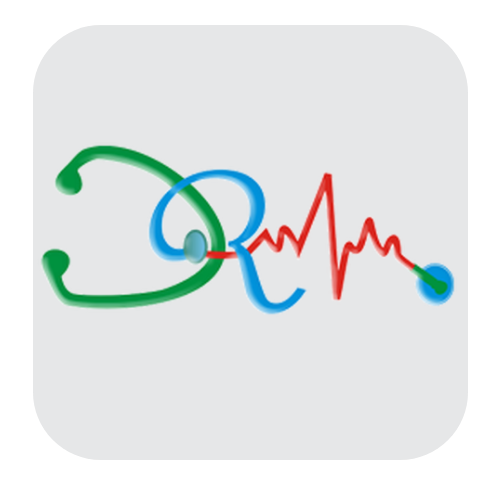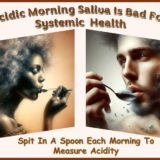Prevention of Illness & Extension of Life (PoI & EoL) in Texas Only
Description
Good Health Skills prevent the cost and disability of illness.
Objective is train people to assess their risk of disease, prevent its development or reverse its progression and maintain their good health throughout extended life.
The basic coaching strategy is to identify specific skills for good health, practice them, diliberately intensify effort, measure and report progress and enjoy improvement in health as lower cost and decrease distress of disease and disability.
Participants learn what to do and practice doing it until the rewards of good health sustain their actions and extend their lives.
Prevention Of Illness & Extension Of Life Programs
Define Ultimate Goal
What you intend to do and the reward you expect. Specify good features that improved health skills will bring and also negative features that will be avoided.
Identify Good Health Skills To Be Learned
Plan to practice and improve little by little, day by day. Using power of repetition to bring success.
Establish Objectives
Use indicators of progress that can be measured day-by-day.
Use Health Monitor
A smartphone, tablet or computer is used for reporting at least 5 days a week.
Daily Reports Can Include
ᄆ Basal Heart Rate.
ᄆ Fasting Blood Sugar (for those who use a glucometer).
ᄆ Body Weight.
ᄆ Medications (for those who use injectable medication).
ᄆ Steps per day (for those who use a pedometer every day).
ᄆ Time starting the first meal of the day.
ᄆ Time finishing the last meal or snack on the previous day.
ᄆ Time measuring acidity (pH) of urine and saliva.
ᄆ pH value of urine.
ᄆ pH value of saliva.
ᄆ Meals and snacks of food and fluid described or photographed.
ᄆ Aerobic exercise: type, time and maximum heart rate.
ᄆ Strength sessions: types and repetitions.
Monthly Reports
ᄆ Walk test
ᄆ Strength test
Coaching Sessions
By telephone at a scheduled time each week. Review results, measure progress, and revise objectives to ensure success.
Monthly Review
Assess progress and decide about continuing Healthcare Program.
What Is Needed to Participate
ᄆ Computer/Tablet/Smartphone to submit 5-7 daily reports to Herd Healthcare Server.
ᄆ Herd Healthcare will supply acid-base balance collection containers and pH strips (mailed to you via USPS).
ᄆ Heart rate (oximeter or wearable device) or cellphone app. (You may use your fingertips to count pulses on wrist radial artery or neck carotid artery.)
ᄆ Pedometer, smartphone app or wearable device to count steps.
ᄆ Watch, stopwatch or fitness app to track number of daily exercise minutes.
ᄆ Bathroom Scale
ᄆ Blood Pressure Monitor (or readings from pharmacy).
ᄆ Glucometer (if you have Type 2 Diabetes.)




